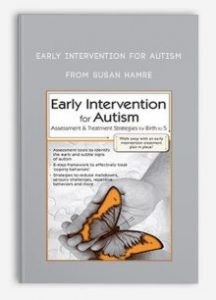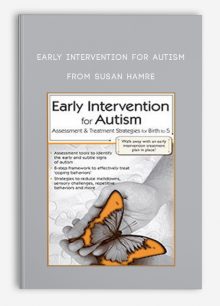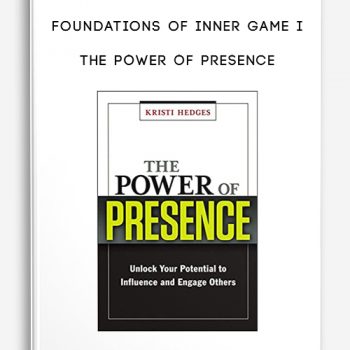 Early Intervention for Autism from Susan Hamre
Early Intervention for Autism from Susan Hamre
More information about Medical:
Medicine is the science and practice of establishing the diagnosis, prognosis, treatment, and prevention of disease.
Medicine encompasses a variety of health care practices evolved to maintain and restore health by the prevention and treatment of illness.
Contemporary medicine applies biomedical sciences, biomedical research, genetics, and medical technology to diagnose, treat, and prevent injury and disease,
typically through pharmaceuticals or surgery, but also through therapies as diverse as psychotherapy, external splints and traction, medical devices, biologics, and ionizing radiation, amongst others.
Medicine has been around for thousands of years, during most of which it was an art (an area of skill and knowledge) frequently having connections to the religious and
philosophical beliefs of local culture. For example, a medicine man would apply herbs and say prayers for healing, or an ancient philosopher and physician would apply bloodletting according to the theories of humorism.
In recent centuries, since the advent of modern science, most medicine has become a combination of art and science (both basic and applied, under the umbrella of medical science).
While stitching technique for sutures is an art learned through practice, the knowledge of what happens at the cellular and molecular level in the tissues being stitched arises through science.
Outline:
- Screening and Assessment
- Measure developmental milestones
- ‘Red flags’ of autism
- Subtle differences in neurotypical and at-risk infants
- Latest research in early intervention
- Video case studies:
- Neurotypical and at-risk development
- Subtle, easy to miss signs of autism
- Distinct results of early intervention
- Treatment Framework: Interrupt/Replace Coping Behaviors
- Underpinnings of displayed behavior
- Recognize and support sensory seeking/ avoiding actions
- Pair preferred and non-preferred actions/activities to enhance change
- Replacement activities that can interfere with aberrant behaviors
- The power of distraction that can alter rigid behaviors
- Stimulate engagement as initially related to their interests
- Unstick the ‘sticky’ attention
- Steps to broaden child’s play-based activity
- Strategies/Techniques to Treat ‘Coping Behaviors’
- Meltdowns/tantrums
- ‘Stimming’
- Sensory seeking/avoiding
- Reduced engagement
- Reduction of social reciprocity
- Hyper-focusing
- Resistance to cuddling/being held
- Eating/sleeping challenges
- Repetitive behaviors
- Under-developed communication
- Resistance to change
- Treatment Case Studies:
- How to begin treatment with a 9 month old
- 14 month old who does not respond to pain
- 2 year old with hyper-focus issues
- Build Customized Treatment Plans
- Practice designing realistic goals
- Dissect behaviors to build effective treatment plans
- Design a treatment plan for your client
- Reduce Insurance Denials
- Writing obtainable goals
- Documentation: Treatment steps to show progress
Description:
- Assessment tools to identify the early and subtle signs of autism
- 8-step framework to effectively treat ‘coping behaviors’
- Strategies to reduce meltdowns, sensory challenges, repetitive behaviors and more
Watch autism expert Susan Hamre, MA, CCC-SLP, and spend time sharpening your critical observational skills at recognizing the early and subtle signs of autism. The behavioral differences between a neurotypical infant and one with autism are so subtle—easily missed and can become deeply ingrained into the child’s neurological system.
You will learn treatment techniques that effectively interrupt and replace the development of many ‘coping behaviors’ exhibited by children with autism (ages 0-5), such as:
- Meltdowns/tantrums
- ‘Stimming’
- Sensory seeking/avoiding
- Reduced engagement
- Reduction of social reciprocity
- Hyper-focusing
- Resistance to cuddling/being held
- Eating/sleeping challenges
- Repetitive behaviors
- Under-developed communication
This recording can help eradicate the delay in obtaining early diagnoses, thereby giving children a greater chance of developing some form of a communication system. Through case examples, videos and lively class discussion, you will walk away with new and improved strategies, so that once a diagnosis is made, treatment can begin immediately.
Walk away with the skills and strategies necessary to:
- Recognize subtle differences in neurotypical and at-risk infants
- Identify the ‘red flags’ of autism in infants, toddlers and young children
- Customize your treatment plans to each child’s unique challenges
- Reduce insurance denials due to increased signs of progress
- Provide you support to work with families and other professionals
- Demonstrate results from evidence-based therapeutic strategies that can positively impact your clinical outcomes













tristian –
This is Digital Download service, the course is available at Coursecui.com and Email download delivery.